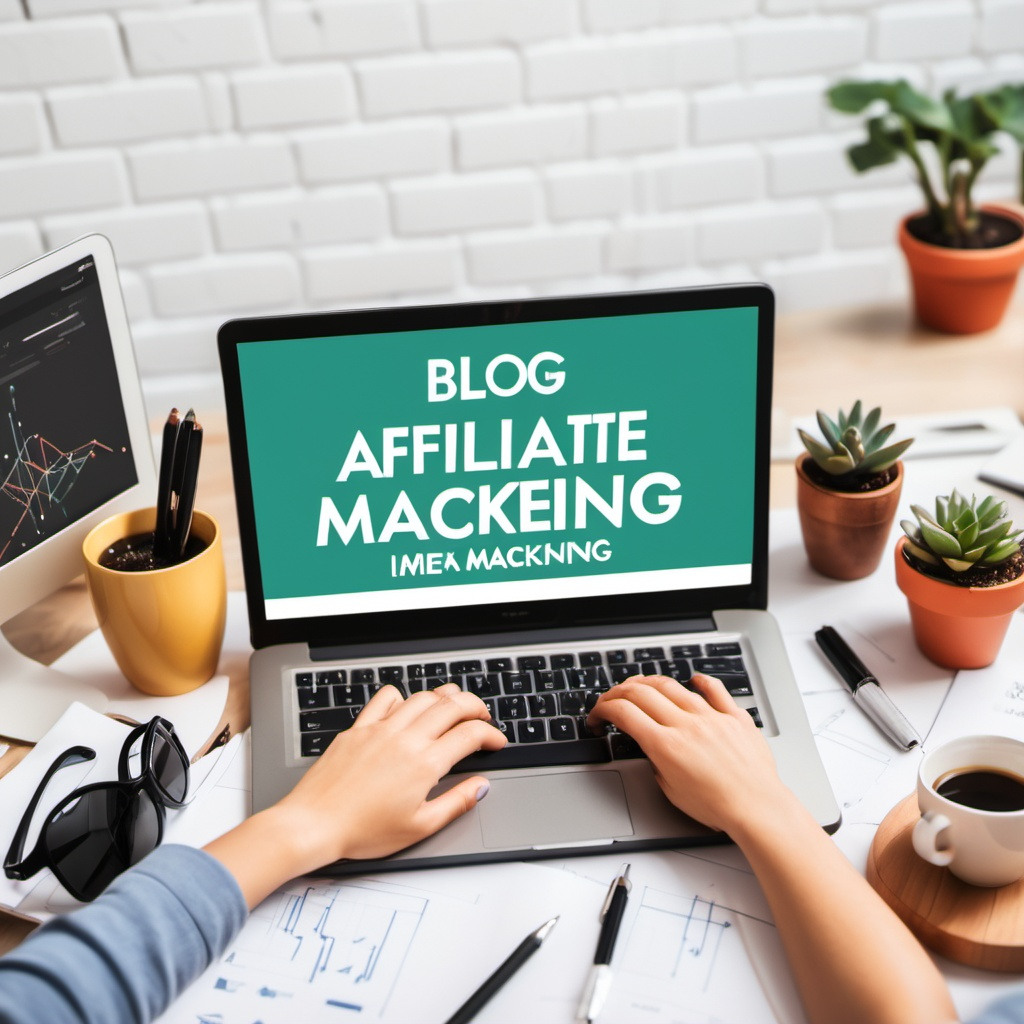
In the world of affiliate marketing, driving traffic to your blog and converting that traffic into sales is crucial. One of the most effective ways to capture readers’ attention and increase conversions is through visually appealing and well-optimized images. Images not only make your blog posts more engaging but also enhance user experience and help improve search engine rankings. In this article, we will explore how to optimize blog images for affiliate marketing, ensuring they support your marketing goals and help maximize your affiliate revenue.
1. Understand the Importance of Image Optimization for Affiliate Marketing
Images play a vital role in affiliate marketing because they do more than just break up text. Properly optimized images can enhance user experience, boost conversions, improve SEO, and reduce load time.
- Enhance User Experience: Well-placed, relevant images capture the reader’s attention, create visual interest, and make your content more enjoyable to read.
- Boost Conversions: Affiliate products that are visually represented (e.g., product images, banners, or infographics) are more likely to convert readers into buyers.
- Improve SEO: Optimizing your images can help your blog rank higher in search engines, making it easier for potential readers and customers to find your content.
- Reduce Load Time: Large, unoptimized images can slow down your website, which negatively impacts user experience and SEO rankings.
Optimizing your blog images is not just about making them look good but also ensuring they contribute to the overall success of your affiliate marketing efforts.
2. Use High-Quality Images Relevant to Your Content
The first step in image optimization is selecting high-quality images that are relevant to your content. In affiliate marketing, the images you use should be clear, professional, and relate to the affiliate product you’re promoting. Using images that show the product in action or in real-life scenarios can help build trust and create an emotional connection with the reader.
3. Compress Images to Improve Load Time
Page load time is a crucial factor in both user experience and SEO rankings. Large, unoptimized images can slow down your website significantly, leading to higher bounce rates and lower rankings on search engines.
To compress images without sacrificing quality, use image compression tools like TinyPNG, ImageOptim, or Photoshop’s “Save for Web” feature. Additionally, ensure that you choose the right file format—JPEG or WebP is typically best for most images, while PNG is better for images that require transparency.
4. Optimize Image File Names
Search engines like Google use image file names to understand the content of the image. By naming your images properly, you help search engines index them and improve your chances of ranking in search results.
- Use descriptive, keyword-rich names such as “fitness-tracker-wristband.jpg” or “best-gaming-laptop-affiliate.jpg.”
- Separate words with hyphens to improve readability and SEO (e.g., “best-gaming-laptop.jpg”).
- Avoid using special characters, which can cause issues with search engine indexing.
5. Add Alt Text for Accessibility and SEO
Alt text (alternative text) is an essential element of image optimization, serving two primary purposes:
- SEO: Alt text helps search engines understand what the image is about. Including relevant keywords in your alt text can improve the visibility of your images in search results.
- Accessibility: Alt text makes your content more accessible to users with visual impairments. Screen readers use alt text to describe images to those who cannot see them.
Write concise, descriptive alt text that includes relevant keywords, but ensure it sounds natural and helpful to the user.
6. Use Proper Image Placement
The placement of images within your blog posts can affect user engagement and conversion rates. When integrating images into your content, position them near the call-to-action (CTA) to reinforce the message and encourage readers to click through. Find a balance between images and text to make the content visually engaging without overwhelming the reader.
7. Leverage Image Formats for Different Purposes
Different image formats serve different purposes, and knowing when to use each format can help optimize your content.
- JPEG (JPG): Best for photographs and images with gradients, providing a good balance of quality and file size.
- PNG: Ideal for logos, illustrations, and images requiring transparency. PNG images tend to have larger file sizes compared to JPEGs.
- GIF: Perfect for simple animations or small images with fewer colors.
- WebP: A modern format offering superior compression, maintaining high quality at smaller file sizes. It’s a great option if your website supports it.
8. Consider Using Image Sitemaps
For further optimization, consider adding an image sitemap to your blog. This sitemap helps search engines crawl and index images more efficiently, potentially increasing the visibility of your blog in image search results.
To create an image sitemap, ensure that each image on your blog post is included in your regular sitemap or create a dedicated sitemap for images. Many SEO plugins like Yoast or RankMath offer features that help you automatically generate image sitemaps.
Work From Home And Earn Money For Students
Optimizing images for affiliate marketing is about more than just making them visually appealing—it’s about ensuring they load quickly, are accessible, and help with SEO while supporting your marketing goals. By following the best practices outlined above, you can enhance your blog’s user experience, improve your SEO rankings, and increase the likelihood of conversions. Remember, the ultimate goal is to make the content not only easy to read but also visually engaging and persuasive, driving your readers to take action and make purchases through your affiliate links.